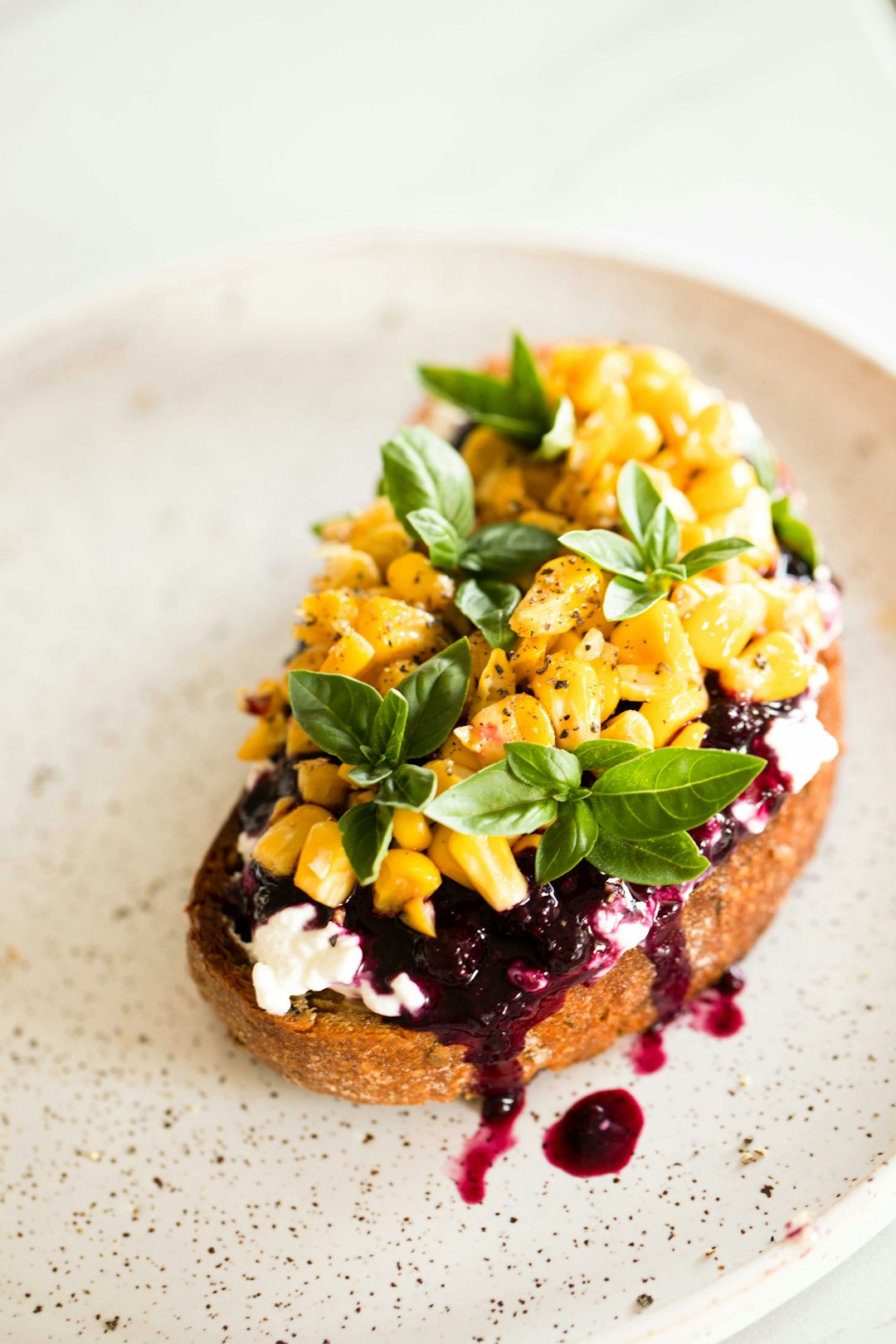Ricotta salata
At its core, Ricotta salata is simply a hard, salted cheese made from ricotta cheese. The ricotta itself is derived from the whey of sheep's milk and is laid out in special cylindrical molds where it is stirred, cured with salt, and then left to dry. The resulting cheese is a hard, semi-firm material that has a yellowish hue, nutty aroma, and complex, umami flavor profile.
It's not just the flavor that makes this dish so special, however. Ricotta salata is a curiously versatile cheese, able to take on different flavors and textures depending on how it's prepared. It can be eaten straight, diced and added to salads, fried into crunchy morsels, shaved atop pastas, or layered in lasagna and other Italian dishes. It can even be used as a substitute for feta when making Greek-style dishes such as spanakopita.
No matter how you enjoy it, Ricotta salata packs an intense flavor that is sure to please foodies and novices alike. Its nutty character and salty edge will have your tastebuds dancing, and its creamy crumbliness makes for delightful eating experiences. So why not try a little bit of Ricotta salata today? You won't regret it.
Ricotta salata recipes
Amazing Ricotta salata recipes sourced from the web.
The origin of Ricotta salata
Ricotta salata, a traditional Italian dish of fresh ricotta cheese that is pressed, salted and aged, has been around for centuries. It's thought to have originated in Sicily during the Middle Ages, when sheep farmers began salting and drying their excess ricotta cheese. Ancient Sicilian peasant households would also use the same technique to preserve their surplus whey from making cheeses, a practice that is still prevalent today.
The preparation of Ricotta salata is simple yet nuanced. Initially, the whey is drained from the Ricotta cheese and left to chill overnight, which allows it to firm up and enhances its flavor. The next day, the cheese is moulded into rounds or wheels before being lightly salted and pressed for a few days. Afterward, it's transferred to cool, dry cellars and left to age for weeks or months, depending on the desired texture and flavor. The result is a semi-firm cheese that is slightly sweet, smooth and crumbly, with a salty, savory finish.
Ricotta salata has become increasingly popular in recent years, both among Italian chefs and home cooks alike. Chefs frequently use the cheese to add a unique flavor to pasta dishes, salads, and antipasti platters. Meanwhile, many home cooks rely on Ricotta salata when they want to add a touch of creaminess to their dishes without compromising on taste.
Ricotta salata has gone from humble beginnings in Sicilian peasant households to becoming a beloved staple in Italian cooking. Its simple yet nuanced preparation has earned it a place in many of our favorite Italian dishes, and its versatility makes it a perfect addition to any kitchen.
Types of Ricotta salata
Ricotta salata is a traditional salty Italian cheese made from sheep's milk. It has a unique flavor that sets it apart from other cheeses, making it an ideal accompaniment to a variety of meals. Ricotta salata is often served in slices as part of an antipasti platter, but it can also be grated and used in a number of dishes both savory and sweet.
The most popular type of ricotta salata is a semi-aged variety. This cheese has a milder flavor than its aged counterparts, with hints of sweet cooked milk and a slightly salty finish. Semi-aged ricotta salata is perfect for adding texture and creaminess to pasta dishes, salads, soups, and more. Its light flavor also pairs well with fruit or nuts for a great topping on toast or crackers.
For Ricotta salata fans who prefer a stronger flavor, there are aged varieties. Aged ricotta salata is drier and firmer than its semi-aged counterpart, with a nutty and sharp taste. Aged ricotta salata pairs particularly well with charcuterie and vegetables, and can also be used to top a tart or a pizza.
Ricotta salata can be used in many recipes, and its versatility makes it a great ingredient to have on hand. From a creamy lasagna to a crunchy salad, this cheese makes a welcome addition to any dish. It can also be used to garnish a dish or make a delicious topping for bruschetta.
No matter how you use it, one thing is certain: ricotta salata is an essential ingredient in any Italian kitchen. Whether you like your cheese mild or strong, semi-aged or aged, you can find a ricotta salata to suit your taste. With its unique flavor and versatility, it's no wonder this cheese continues to delight palates around the world.



